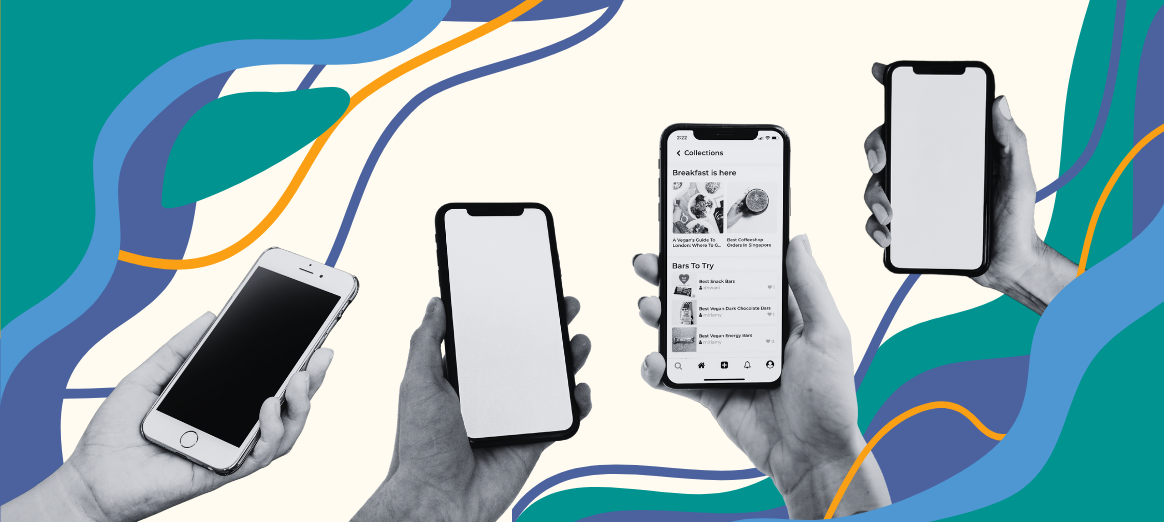Validations from the field: “Smart Customers” are radically changing the game for the businesses that wish to serve them.
At DigitalWorld 22 in Boston, McorpCX ran an interactive Digital Strategy Workshop with a group of digital experience practitioners titled Increasing your Insights ROI for Today’s Digital-First but Not Digital-Only Multichannel Customer. Our session focused on sharing a framework for generating customer insights that lead to better return on investment (ROI).
Our audience was made up of active digital experience practitioners. Because of this, we decided to learn together during the session, blending our CX experience with the expertise in the room. We shared and discussed our customer insights’ framework, and we all learned some new things.
The framework includes the following three stages:
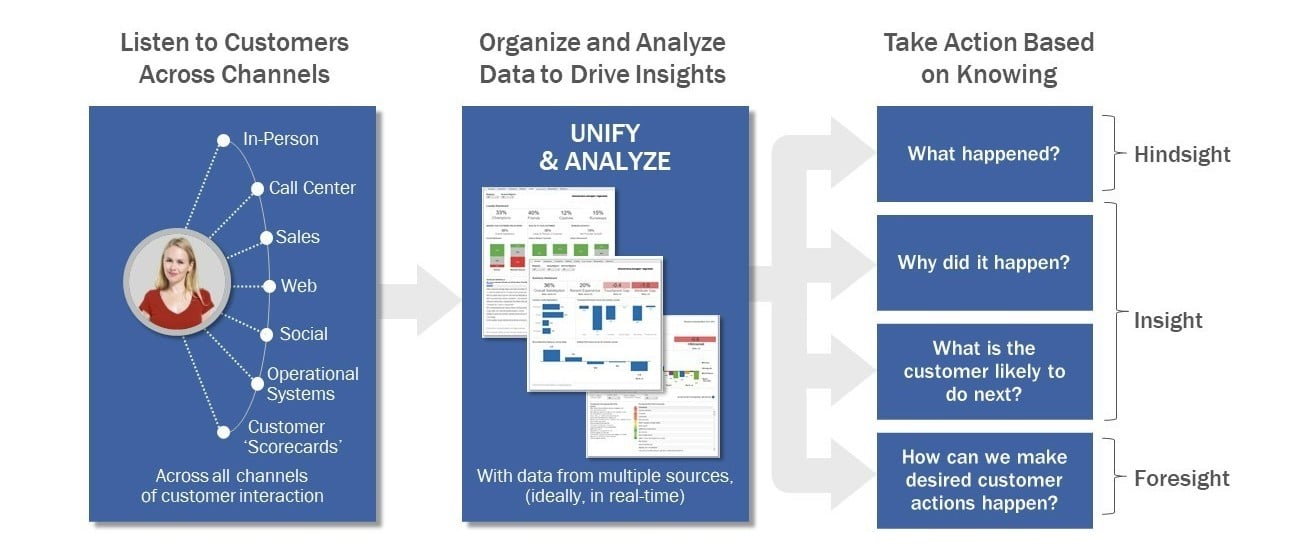
Stage 1: Listen to Customers across All Channels
The first stage is data collection across all touchpoints, including both digital and physical channels (and soon virtual!). The importance of this cannot be overstated; practically ALL organizations interact with their customers in both the digital AND physical worlds.
Different types of channels and methods of collecting customer data serve different purposes. For example, your front-office staff collects a lot of customer feedback data, which is also collected by your customer service representatives as well as your online feedback form and social media channels.
We polled our workshop participants and found that while most collected explicit feedback data, less than 10% collected data at the various touchpoints, and only 10% specifically collected customer perceptions.
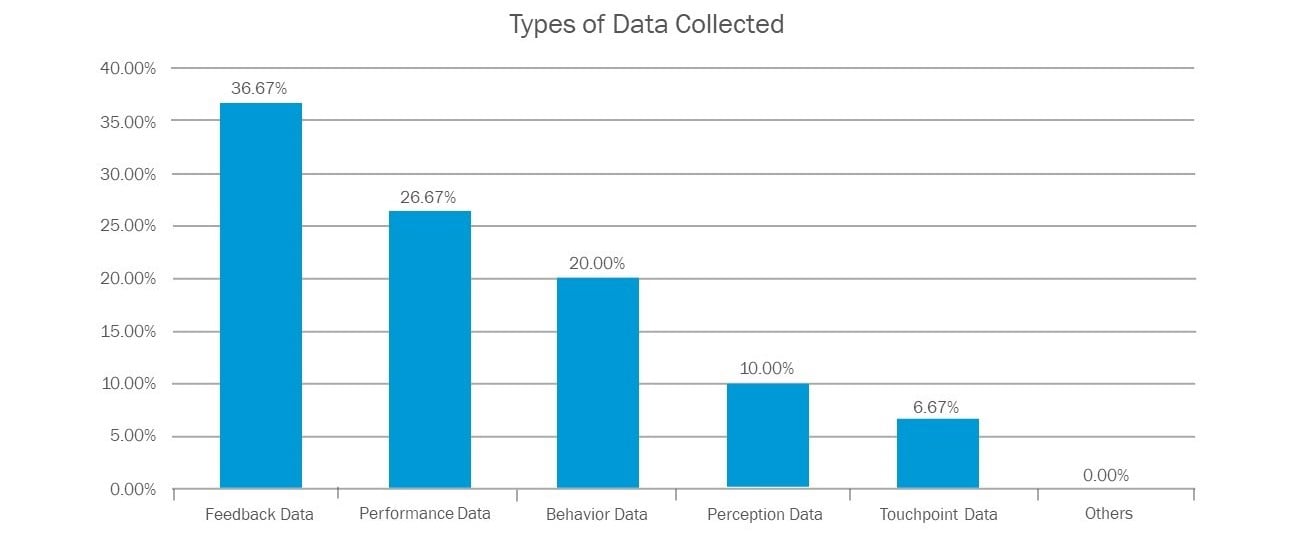
Stage 2: Organize and Analyze the Data
The next stage of the framework is the aggregation and analysis of the data using various techniques. It was heartening to see that every organization represented in our session performs both conversion analysis as well as journey analysis.
We attribute this to the increase in maturity of organizational capabilities as well as the general understanding of the increased business value of such analysis methods. However, the single largest limiting factor to gaining more insights continues to be data integration challenges.
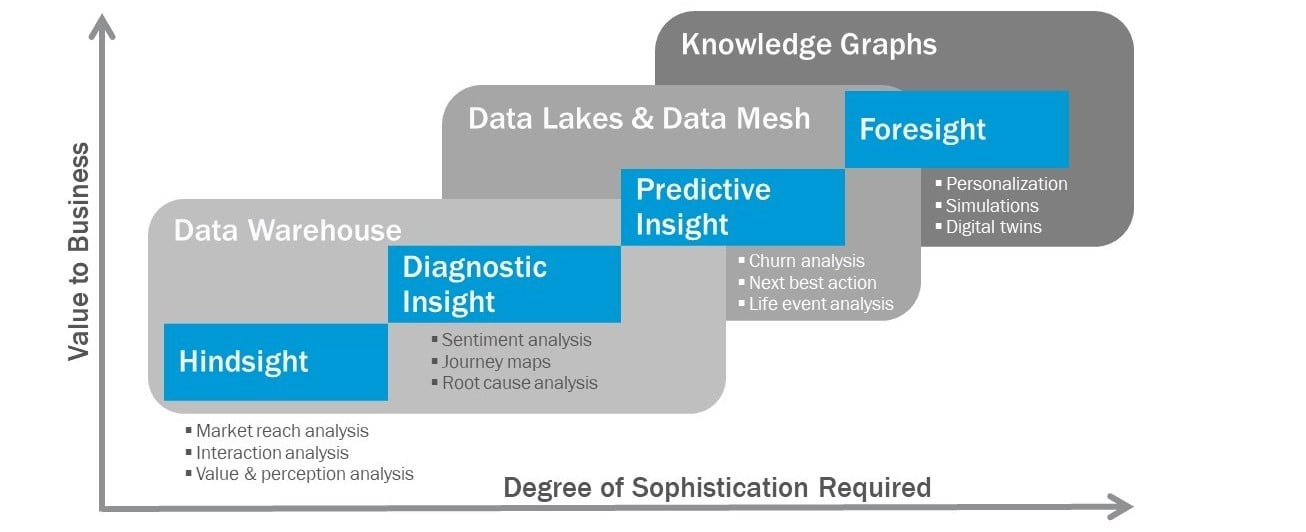
What we’ve seen is that as organizations successfully implement data lakes and the newer data mesh or data fabric architectures, these implementations result in reducing data silos and radically increasing the ability to perform more sophisticated analysis. The result is better predictability and foresight.
Stage 3: Take Action and Report ROI
The second most limiting challenge for achieving ROI is the ability of the organization to convert data insights into timely interventions. While we did not go into the details of how the organization can improve its agility to drive more, better and faster insights, we did discuss some of the key shifts we have observed in ROI metrics and reporting.
This gradual transition from behavior metrics to customer experience (CX) and outcome metrics drives a tighter linkage between insights and business value. And as this shift occurs, metrics such as Customer Lifetime Value (CLV), Average Revenue per Customer (ARPC) and Conversion Rate (CVR) enable leadership to see—and prove—ways that customer insights and resulting actions drive measurable results. In other words, we’re seeing an ability to leverage this framework to provably link insights to the business metrics that matter most to leaders.
And while Net Promoter Score (NPS) and Customer Satisfaction (CSAT) continue to be among the most utilized metrics, we heard (and have seen) that the ability to tie them to specific financial measures is an area of growing interest.
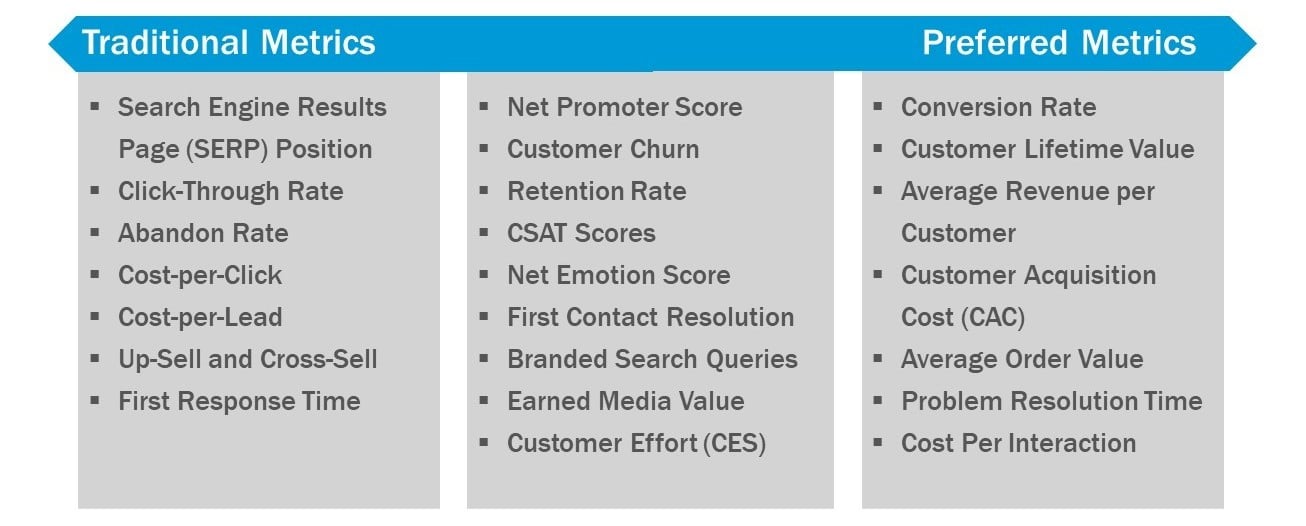
7 Habits for Boosting ROI
In a recent McorpCX webinar titled 7 Habits of Maximizing ROI with a Successful Voice of the Customer (VoC) Program, we discussed seven activities which have a disproportionately positive impact on ROI. In our workshop, we asked the audience which of these seven habits are being implemented in their organization.
We learned that these organizations are now establishing clear priorities with respect to their CX measurement and understanding. And thanks to a move to be more agile, they have begun to implement continuous improvement approaches to customer experience.
However, cross-organization accountability and sponsorship continue to be areas where most of the digital experience practitioners we spoke with continue to struggle.
Feedback at DigitalWorld (and elsewhere) has encouraged us to continue to support the larger CX community (and selfishly, our clients) by creating a lightweight VoC assessment and blueprint offering. The offering focuses on helping businesses understand where the greatest opportunities exist to improve their customer listening programs with a focus on measuring and driving ROI.
As we heard and have seen, the ability to provably link customer experience to ROI is critical to validating investments in customer insights, VoC programs, and CX programs. Are you curious which of these 7 habits you’re practicing? Then check out our webinar or give us a call…
Post authored by Chirag Gandhi


